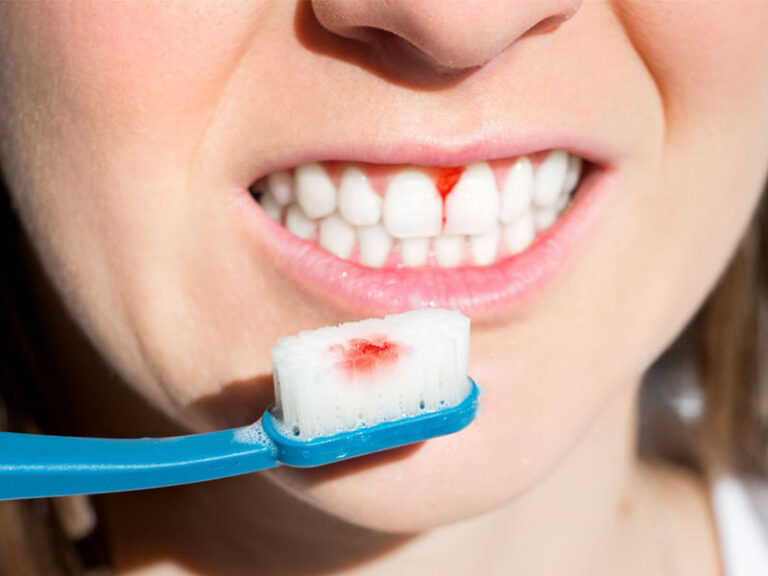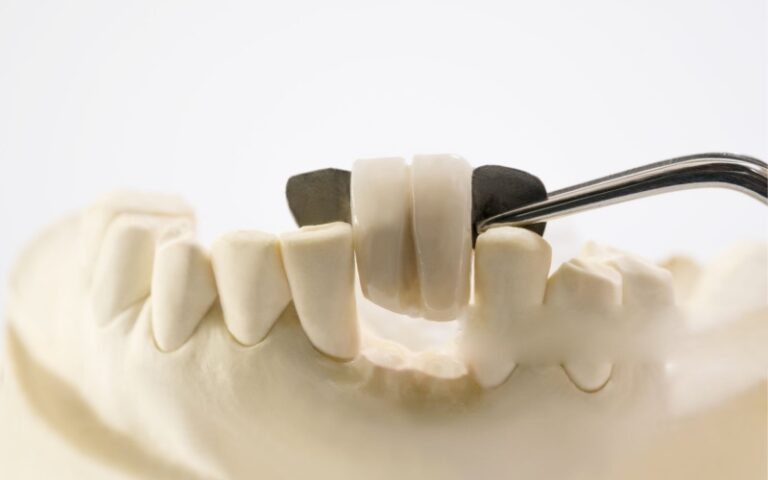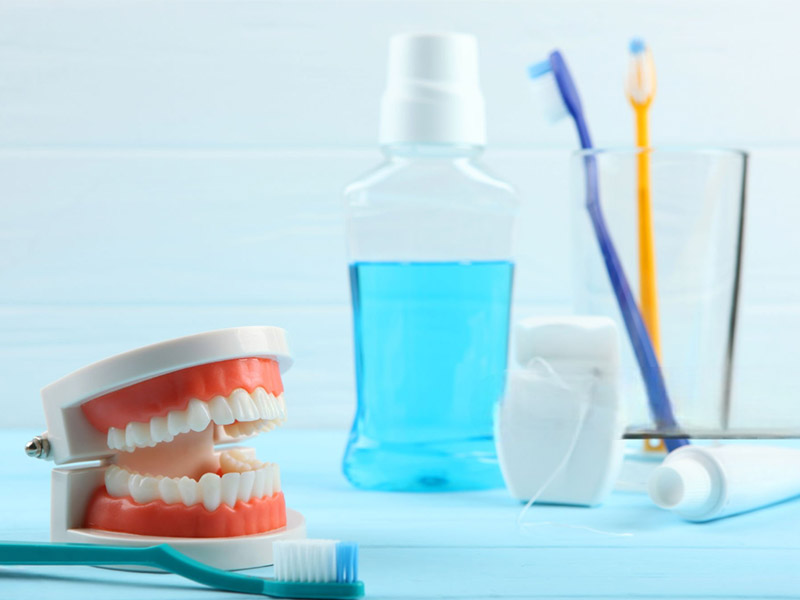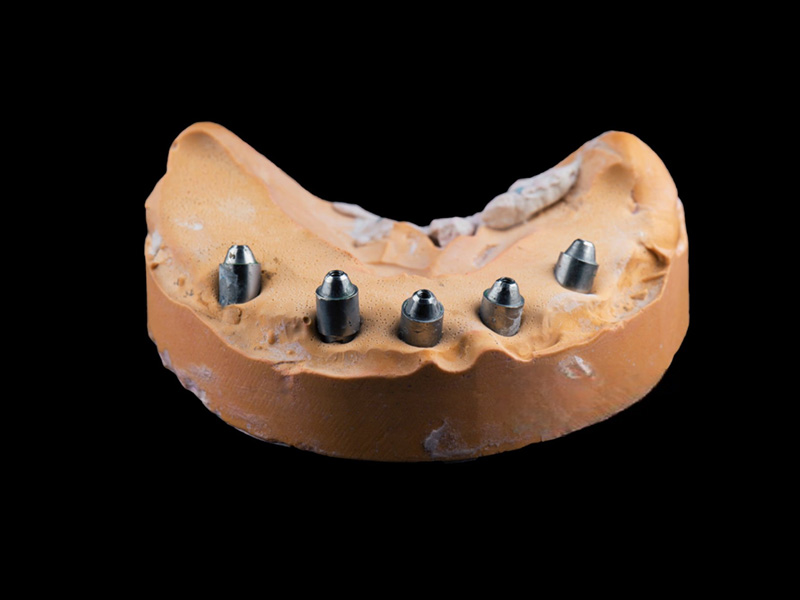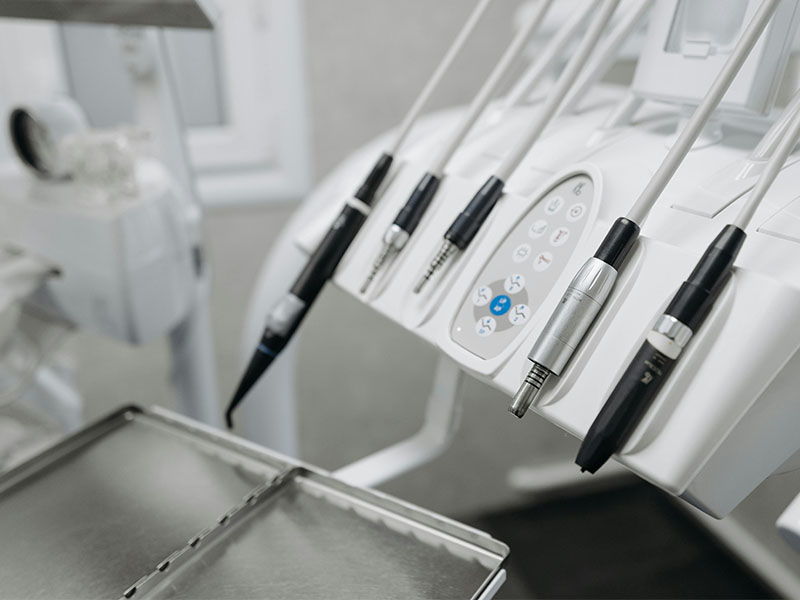
Types of Dental Handpieces: A Simple Guide for Dental Professionals
Table of Contents
Introduction: The Main Tool of Modern Dentistry
If you’ve walked into a dental clinic—whether as a dentist, student, helper, or even a patient—the noise from a dental handpiece stands out right away. I’ve spent enough time in dental offices to know that, for us dentists, this tool is the one we use the most. In my experience, no tool gets checked and talked about as much as this one. I use it for almost every treatment I do.
So, what’s a dental handpiece? To put it simply, it’s the “engine” in my hand—a tool that spins burs at different speeds so I can take out tooth material, shape fillings, or polish teeth. The two main types I use are high-speed and low-speed, and both come as air-driven or electric. Learning the little differences between these types has made my job a lot easier. Let me show you how each type fits into everyday dentistry, using what I’ve found works best.
High-Speed Handpieces: Fast and Strong
From my first day using handpieces, I noticed high-speed ones are my top pick for crown prep, cavities, and any job where you want speed and accuracy. That buzz from a high-speed handpiece tells me I’m getting work done.
How They Work: Air Turbine vs. Electric Motor
Let’s look at how they run. Most of my first handpieces used air—they spin a tiny turbine with compressed air. They feel light, and boy, are they quick—usually between 250,000 and 450,000 turns per minute. These things are fast, so I can cut through enamel or dentin super quick.
Later, my clinic got electric handpieces. They use a motor instead of air. They’re a little heavier to hold, but there’s a big benefit: the spinning power stays solid even when I press down. Most electric ones let me pick the speed—sometimes up to 200,000, and I notice I have more control.
Main Features
- Speed: High-speed handpieces work super fast. Air-driven types reach up to 450,000, while electrical ones are a bit slower but stay steady.
- Power: If I push hard with an air handpiece, it sometimes slows down. With electric? It keeps spinning, so I can be gentle right where it matters most.
- Burs: High-speed handpieces use friction burs—they go in quick and hold tight. It’s easy to swap them out with just a button push.
- Extras: New handpieces often have a built-in light, so I can really see what I’m doing. Adjustable water spray keeps the tooth cool and easy to see. If I need to, I pick a smaller or bigger head piece to fit the area.
Main Uses
I keep my high-speeds ready for:
- Cleaning out cavities, especially hidden ones.
- Crown and bridge work. Power and being able to see clearly matter to get a clean fit.
- Cutting teeth apart, especially tricky extractions.
The right high-speed handpiece saves me time and keeps my patient more comfortable.
Low-Speed Handpieces: Flexible and Easy to Control
People might think high-speed handpieces are the only important ones, but low-speed handpieces are always in my reach for jobs where I need control.
What Makes Them Work: Motor and Attachments
Here’s the good part: a low-speed handpiece comes in separate parts. First, there’s the power motor—air or electric. It runs between 5,000 to 40,000 turns per minute. Then come the add-ons:
- Contra-angle: It bends so I can get to back teeth, good for shaping with latch burs.
- Straight nose cone: It’s straight. I use it in the lab or for adjusting dentures, splints, or mouthguards.
Putting the right tool on the main motor gives me the careful control I need—especially for working on temporary crowns or slowly removing soft, rotted tooth bits.
Main Features
- Speed: With less speed, I get a real feel for what I’m touching. If I start working too hard, I feel it right away.
- Power: These handpieces provide strength at low speed. Great for jobs that need pushing without stopping.
- Burs: Most low-speed add-ons use latch or straight burs, which are shaped different from the high-speed ones.
- Flexible: I can quickly change tools for cleaning, shaping, or polishing. Makes this a real all-in-one.
Main Uses
Low-speed handpieces make these jobs easy:
- Taking out soft, rotted tooth stuff, especially close to the nerve.
- Smoothing and touching up tooth shapes after the high-speed work is done.
- Cleaning teeth by polishing, with a prophy angle.
- Shaping or finishing white (composite) fillings.
- Adjusting dentures or temporary crowns.
A good low-speed handpiece almost feels like an artist’s brush in my hand—careful and controlled.

Special Dental Handpieces for Special Jobs
Not every case can be done with just a high or low-speed handpiece. After working with surgeons and endodontists, I realized how important special handpieces are for specific tasks.
Surgical Handpieces
For surgery—removing teeth or prepping for implants—I always reach for a surgical handpiece. What is special about it?
- 45-degree head: It lets me see better way at the back, helpful for wisdom teeth.
- Water cools the tip: Water goes straight to the bur, keeping things cool and clearing away pieces.
- Strong at slow speeds: Good for cutting bone without making it too hot.
When pulling a tough tooth, this handpiece can make things go smoothly instead of being a hard fight.
Endodontic Handpieces
Ever done a root canal? Then you know you need the right tool. Endo handpieces are built for this job:
- Back-and-forth or spin motion: Cleans and shapes root canals along their natural shapes.
- Exact power control: Too much force snaps my tools. Too little, and I am wasting time. The electric models make these cases much safer.
Getting a good endodontic handpiece can really turn a hard root canal into a much easier one.
Prophylaxis Handpieces
As a hygienist or during cleanings, I always want something light and easy to handle for polishing teeth.
- Fits with prophy angles: Makes cleaning fast and keeps things hygienic.
- Light and balanced: The hygienists I work with tell me this really matters, especially on busy days.
The right prophy handpiece lets me get through cleaning appointments quickly and comfortably.
Air-Driven vs. Electric Handpieces Compared
Most arguments I hear in dentistry are about choosing between air-driven and electric handpieces. Should I stick with air, or make the jump to electric for stronger spinning and smoother work? Here’s what I’ve learned along the way.
Handpiece Comparison: Key Features and How They Feel
| Feature | High-Speed (Air-Driven) | Low-Speed (Motor & Attachments) | Electric (Whole System) |
|---|---|---|---|
| Speed | 250,000 – 450,000 | 5,000 – 40,000 | Choosable: 100 – 200,000 |
| Power | Low; slows down if pressed too hard | High; always turning | High; never gets stuck |
| Main Use | Taking out big parts, crown prep, tooth sectioning | Cleaning, finishing, polishing, lab work | Works for both, great for tricky details |
| How Fast It Cuts | Quick, but stops if pushed too much | Steady but slower | Smooth, no shaking |
| Noise | 70-85 dB (high) | 55-65 dB (low hum) | 55-60 dB (quiet) |
| How Heavy | Light and easy | Heavier with parts | Heavier, but getting lighter |
| Price | $400 – $1,500 | $500 – $1,800 | $2,500 – $5,000+ |
| Care Needed | Oil each time, turbine wears out | Tough, needs oil often | Not much care, but hard to repair |
| Biggest Plus | Cheap, simple, light | Good strength, flexible | Best control, quiet, strong |
I started out with air-driven models since they’re cheap, but after seeing how much time I lost with repairs and how smooth electric ones are, it made sense to switch for most jobs.
What to Think About When Buying a Dental Handpiece
Picking a handpiece is a bit like picking a car—you want what fits how you work, what you feel comfortable with, and what you can afford. Here’s what I always check off before I buy.
What You Do Most in Your Office
The kind of work you do most should guide what you choose. For heavy crown work on tough enamel, I go for electric. For basic fillings or cleaning, a trusty air-driven handpiece might be plenty. Match the power and speed to what you do most.
Comfort and Feel
Wrist pain is real! I pick handpieces that aren’t too heavy, have a good grip, and feel balanced. Small heads help for kids or hard-to-reach spots. Believe me, your hands and wrists will thank you.
Cleaning & Sterilizing
Skipping cleaning isn’t worth it. I follow the instructions exactly: oil it right after every use, only put it in the high heat (autoclave) if it’s made for it. Trying to save time here means more repair bills and possible safety risks. Not worth it!
Price & Value
I used to worry about the cost of electric handpieces. But after seeing that they break down less, make jobs faster, and mean less waiting for repairs, they pay for themselves. For extra offices or simple cleanings, air-driven handpieces still make sense. Just balance what you want with what you really need.
How to Care for Your Handpiece and Keep Things Clean
If there’s one thing I tell new dentists, it’s this: always take care of your handpieces! I’ve had a few audit scares, but sticking to a good cleaning routine has always saved me.
My Cleaning Steps
- Wipe it right after use: Get rid of any stuff before it dries.
- Run water and air through it: This clears out the inside.
- Add oil: Use the right oil and squirt it in the right spot, then run it (without a bur) about 20 seconds so it spreads inside.
- Bag it for sterilizing: Never toss it in loose.
- Sterilize it: My autoclave goes up to 134°C (273°F) for each cycle. Only handpieces that say “autoclavable” go in.
- Let it cool down: Don’t use cold water—that can crack or break inside parts.
The CDC says you must clean, oil, and sterilize every handpiece every time. If I’m unsure about a model, I just look at the instructions or call the brand. Big names like KaVo, NSK, Bien-Air, and Dentsply Sirona all tell you exactly how to treat their tools.
I’ve seen folks try to save time by just wiping and reusing. Every time, it backfires—more repairs, infections, sometimes even getting in trouble.
Frequently Asked Questions (FAQ)
What is the difference between high-speed and low-speed handpieces?
High-speed handpieces are for cutting enamel fast—up to 450,000 turns per minute. Low-speed ones move slower but are stronger, great for cleaning, shaping, and finishing.
How often should I oil my dental handpiece?
After every single use. Always oil it before you clean it in the autoclave, or you’ll get more breakdowns and repairs.
Can all handpieces be autoclaved?
Nope. Only ones that say “autoclavable” can handle the high heat and pressure. Always double-check.
Is electric better than air-driven?
It depends on what you want. Electric handpieces are stronger and quieter, so for tricky detailed work, I pick them. Air-driven models are lighter, cheaper, and easier to care for, good for basic jobs.
Final Thoughts
One major thing I’ve learned: The right dental handpiece saves you time, lasts longer, and makes your work day much easier. Whether I use a fast air handpiece for quick prep or a slow one for gentle cleaning, knowing what fits the job makes all the difference. Keep up on care, match your tool to your work, and don’t be scared to try new things when it helps your work. A good handpiece isn’t just another tool; it’s a partner in every smile you create.

